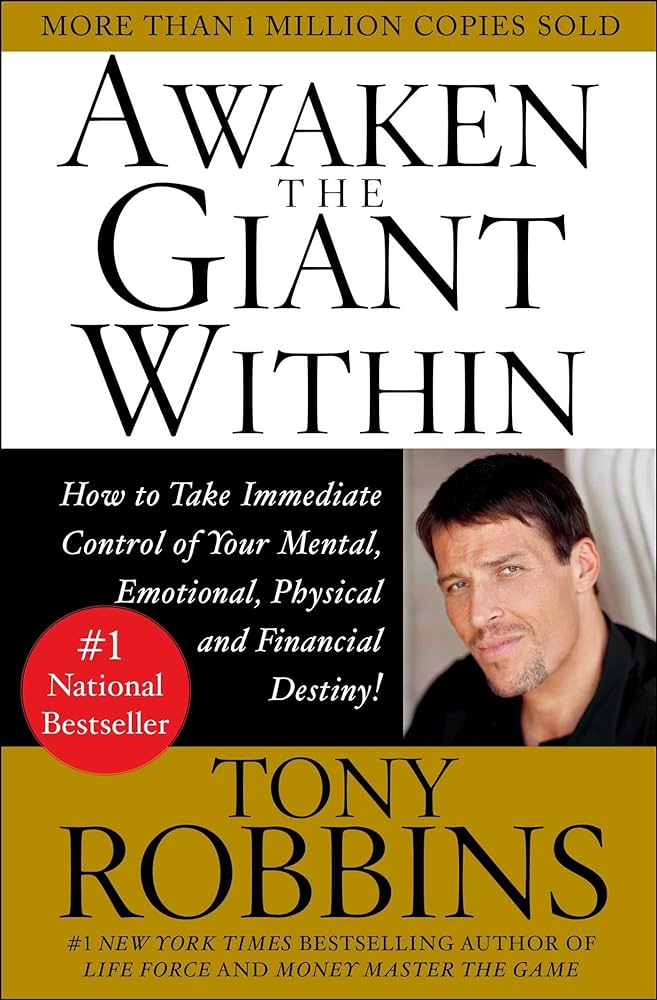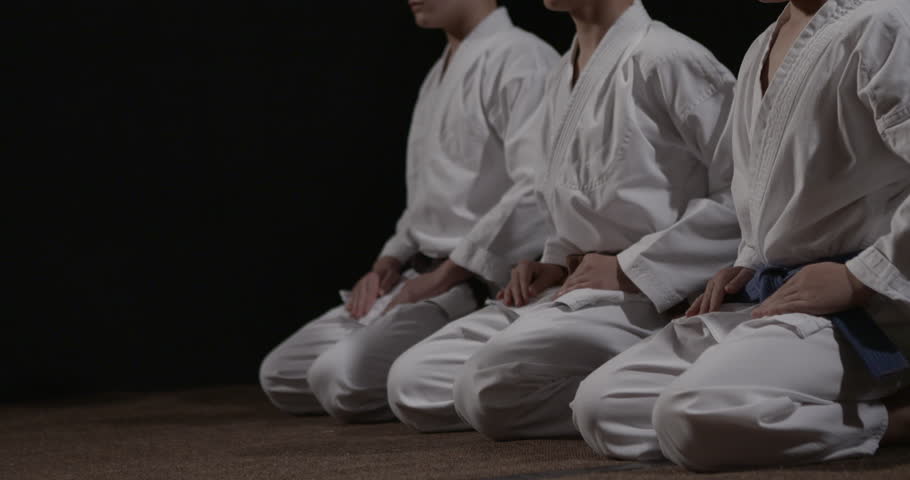Awakening the Giant Within Through Martial Arts
Anthony Robbins’ seminal work, “Awaken the Giant Within,” is a profound guide to personal development, emphasizing the power of decision-making, belief systems, and consistent actions to transform one’s life. Interestingly, the principles outlined in Robbins’ book resonate deeply with the philosophy and practice of martial arts. Both domains—self-help and martial arts—are centered on the idea of personal mastery, discipline, and the harnessing of inner potential. This blog explores the intersection between Robbins’ teachings and martial arts, illustrating how they complement and enhance each other.
The Power of Decisions
In “Awaken the Giant Within,” Robbins asserts that our decisions shape our destiny. This notion is fundamental in martial arts, where every action, from entering the dojo to engaging in combat, is a conscious decision. Martial artists are taught to make swift, confident decisions, whether it’s executing a move or strategizing during a match. This practice of decisive action hones a mental clarity that Robbins emphasizes as crucial for achieving success in any area of life.
For instance, when a martial artist decides to master a new technique, it mirrors Robbins’ principle of setting clear, specific goals. This decision-making process involves not just the commitment to learn but also the discipline to practice consistently, reflecting Robbins’ idea that daily, small decisions lead to significant, long-term results.
Belief Systems and Self-Image
Robbins delves deeply into the concept of belief systems and their impact on our lives. He argues that limiting beliefs can stifle our potential, while empowering beliefs can propel us toward greatness. In martial arts, practitioners often confront and overcome their limiting beliefs through rigorous training and mental conditioning.
A martial artist might start with the belief that they are not strong or skilled enough. Through persistent practice and the guidance of a mentor, this belief is gradually replaced by confidence and a sense of capability. This transformation aligns with Robbins’ strategy of reprogramming the mind to adopt empowering beliefs, thereby awakening the giant within.
Moreover, martial arts cultivate a strong self-image, reinforcing Robbins’ idea that how we perceive ourselves affects our actions and outcomes. The disciplined environment of martial arts training fosters self-respect, humility, and a positive self-concept, which are crucial for personal development.
The Importance of Standards
Robbins emphasizes raising personal standards as a key to achieving a higher quality of life. In martial arts, the concept of standards is inherent in the belt ranking system. Each level represents a higher standard of proficiency, dedication, and understanding. Martial artists are continually striving to reach the next level, symbolizing Robbins’ call to constantly elevate our standards.
This pursuit of excellence is not just about physical prowess but also about mental and emotional growth. Martial artists learn to embody virtues such as patience, perseverance, and integrity—qualities that Robbins identifies as essential for personal growth. By adhering to high standards, martial artists exemplify the kind of commitment that Robbins advocates for transforming one’s life.
The Role of Habits and Consistency
Robbins highlights the significance of habits in shaping our lives. He argues that our rituals—daily habits and routines—are the foundation of our success or failure. Martial arts training is a prime example of how disciplined, consistent practice leads to mastery and personal development.
The repetitive nature of martial arts training ingrains positive habits and muscle memory. This consistency is crucial for developing the skills and mindset required for success, both on and off the mat. Robbins’ emphasis on the power of habits aligns perfectly with the martial arts philosophy that excellence is achieved through diligent, repeated practice.
Emotional Mastery
A central theme in “Awaken the Giant Within” is emotional mastery—the ability to manage and direct one’s emotions positively. Martial arts training offers a practical framework for achieving this. Practitioners learn to remain calm under pressure, control their reactions, and channel their emotions constructively.
For example, sparring sessions and competitions teach martial artists to manage fear, anger, and frustration. They learn to maintain focus and composure, turning potentially negative emotions into sources of strength. This emotional regulation is a critical skill that Robbins highlights as necessary for personal empowerment and effective decision-making.
The Journey of Continuous Improvement
Finally, both Robbins and martial arts emphasize the importance of lifelong learning and continuous improvement. Martial arts is not just about achieving a black belt but about the ongoing journey of self-discovery and enhancement. Similarly, Robbins advocates for a commitment to perpetual growth, urging individuals to never settle but always strive for betterment.
This mindset of continuous improvement fosters resilience, adaptability, and an unwavering pursuit of excellence. Whether in personal development or martial arts, the journey is as important as the destination. The process of learning, growing, and evolving is what truly awakens the giant within.
Conclusion
Anthony Robbins’ “Awaken the Giant Within” and the practice of martial arts share a profound synergy. Both domains emphasize the power of decision-making, the importance of belief systems, the need for high standards, the role of habits, emotional mastery, and the journey of continuous improvement. By integrating the principles of Robbins’ teachings with the disciplined practice of martial arts, individuals can unlock their full potential and lead more empowered, fulfilling lives. The intersection of these two paths offers a comprehensive approach to personal mastery, embodying the true essence of awakening the giant within.
Check it out here – https://a.co/d/aoOsqd1






